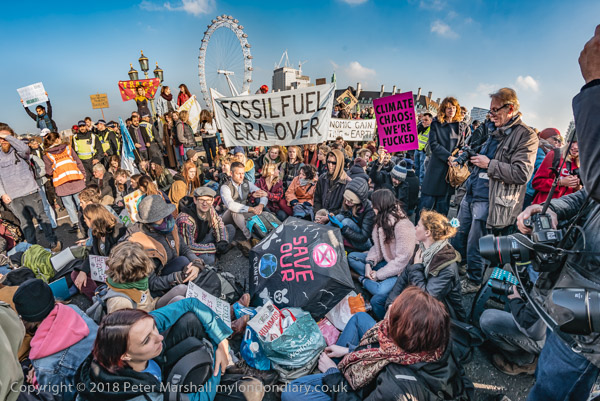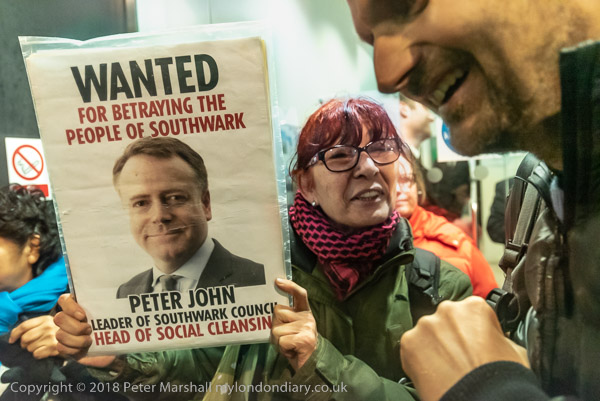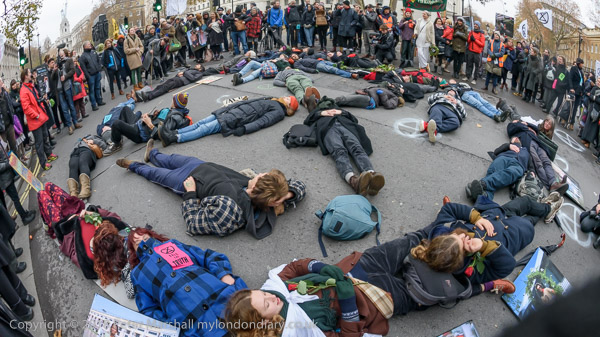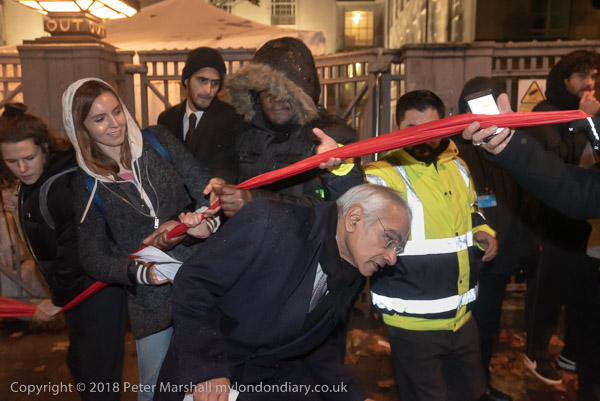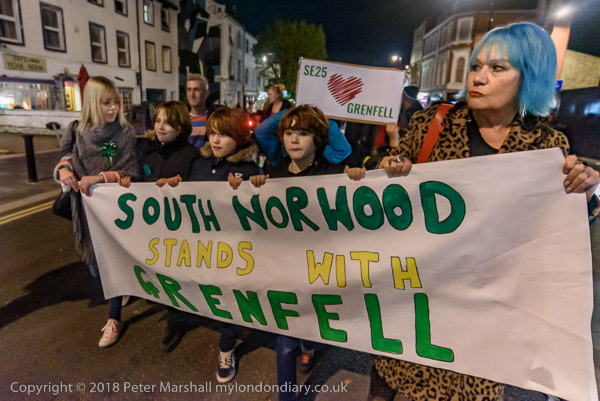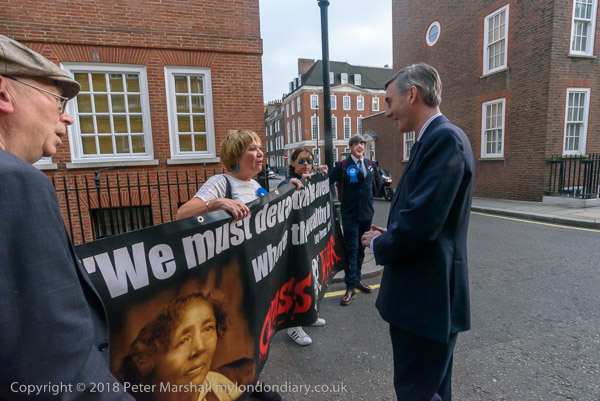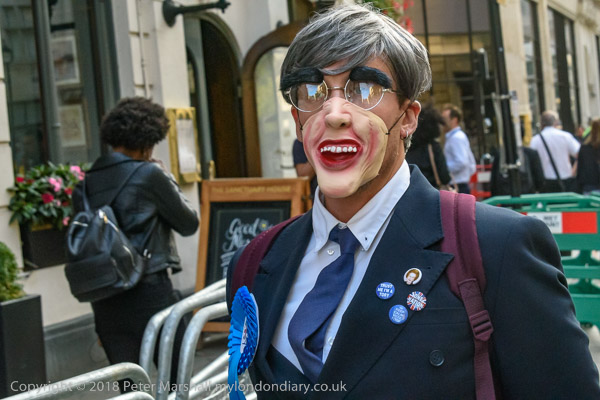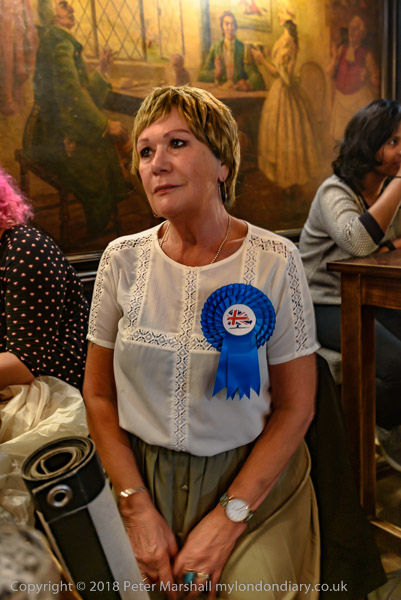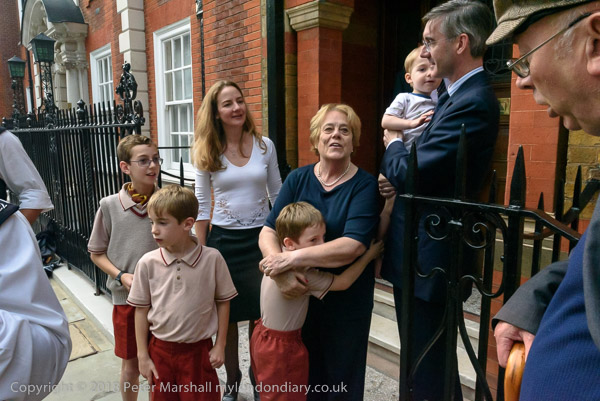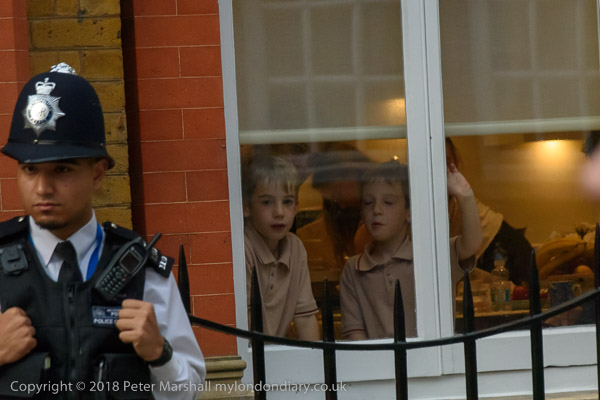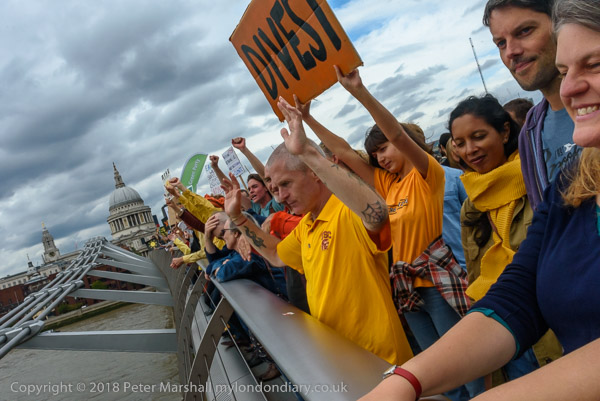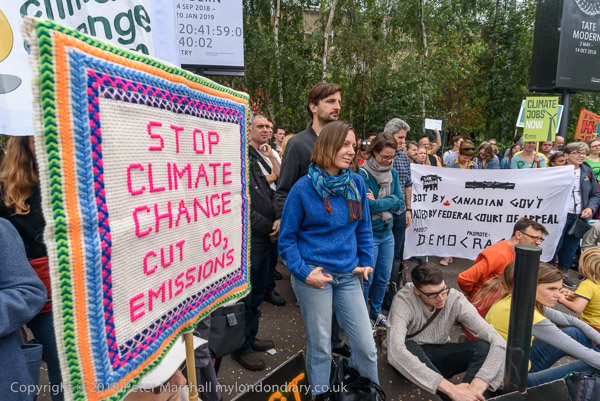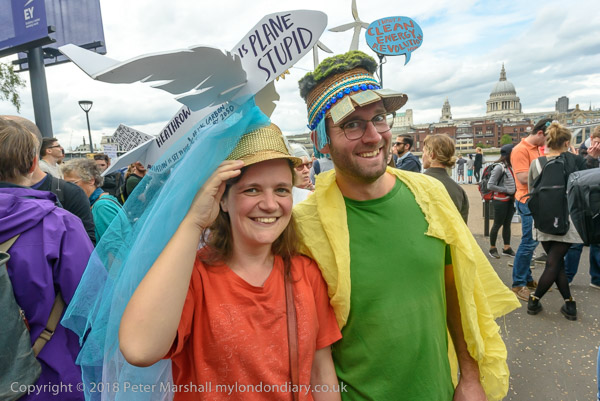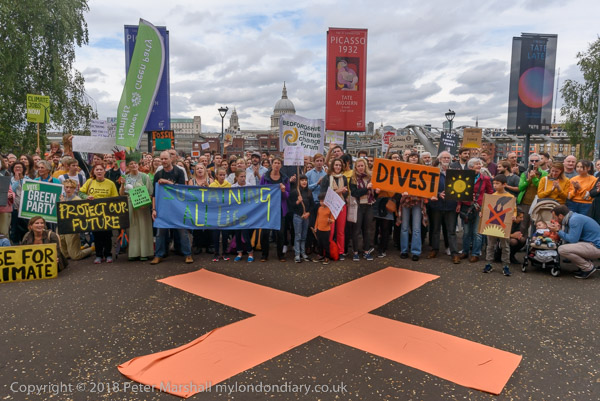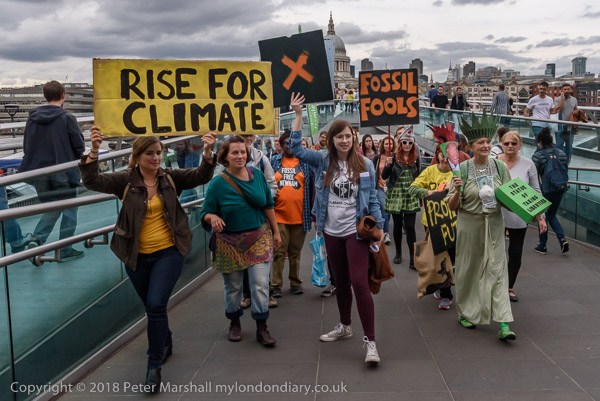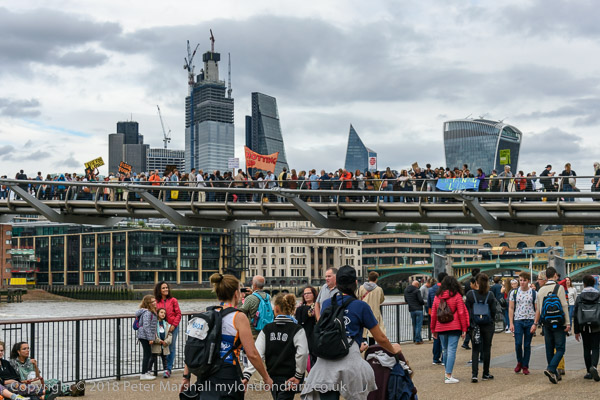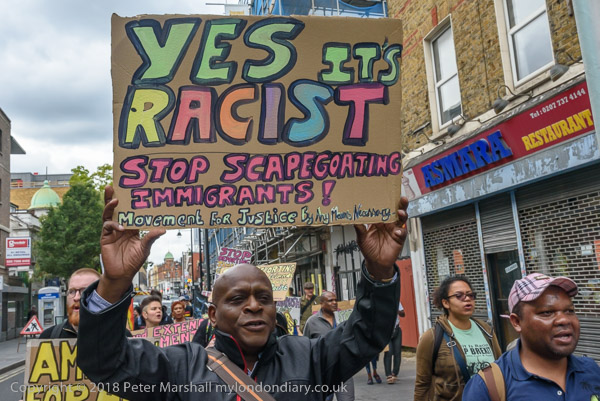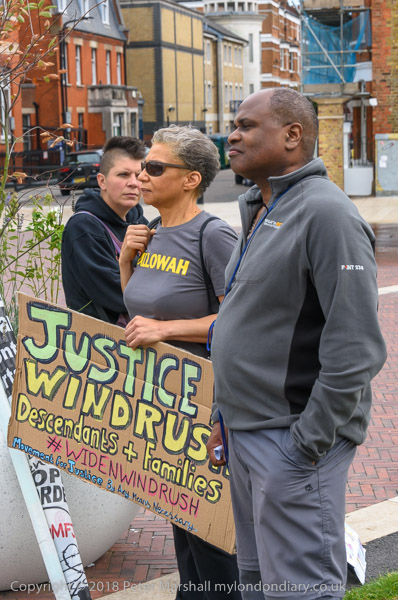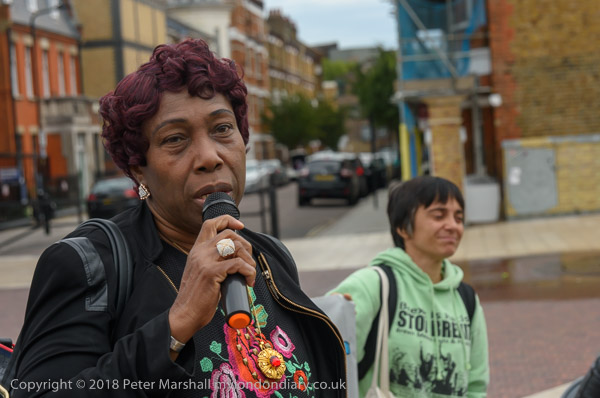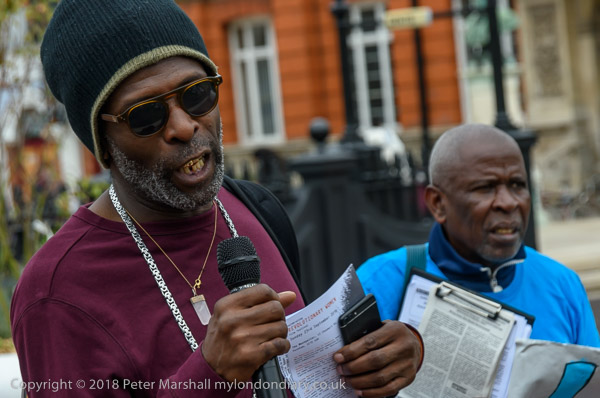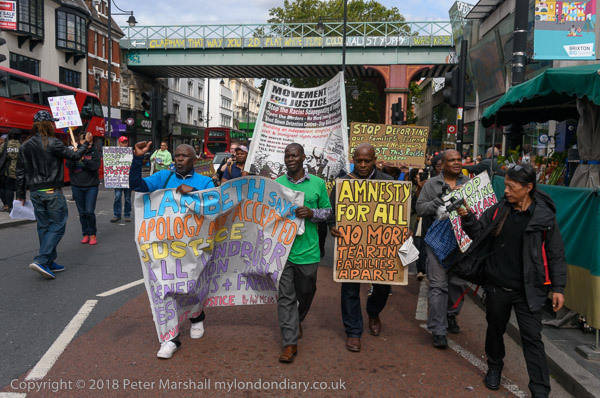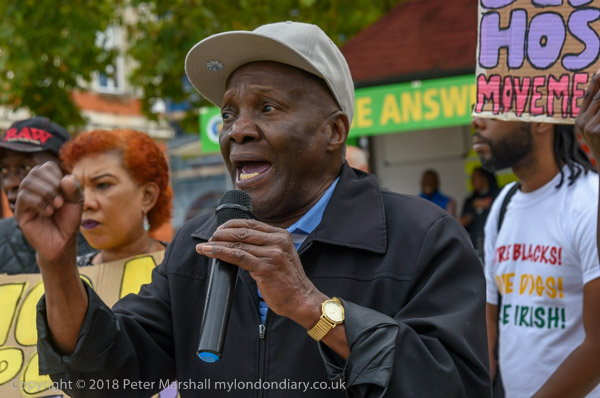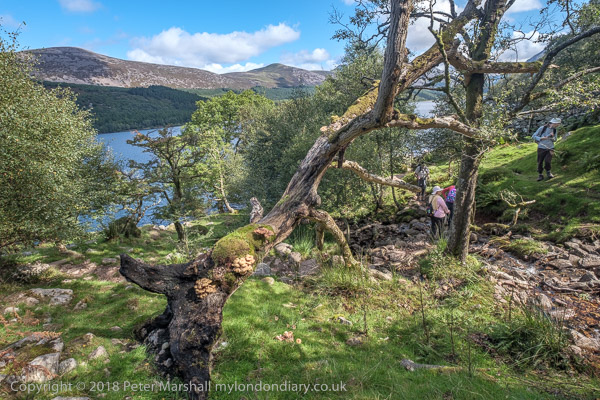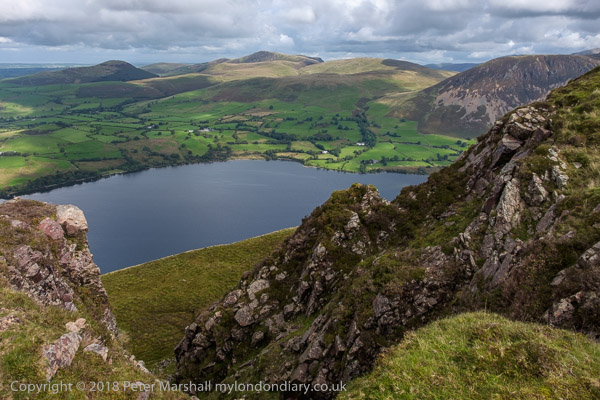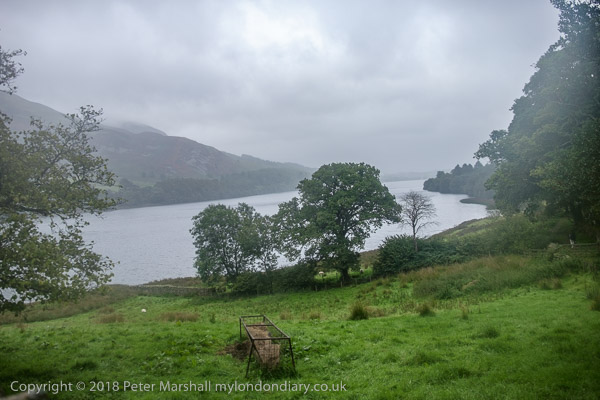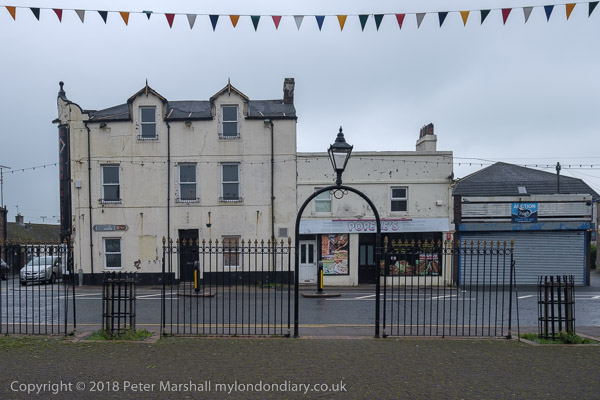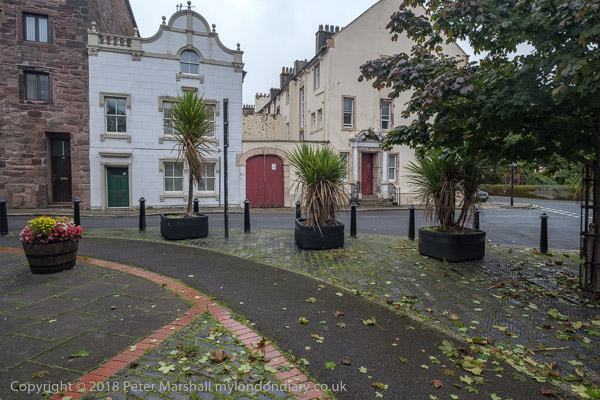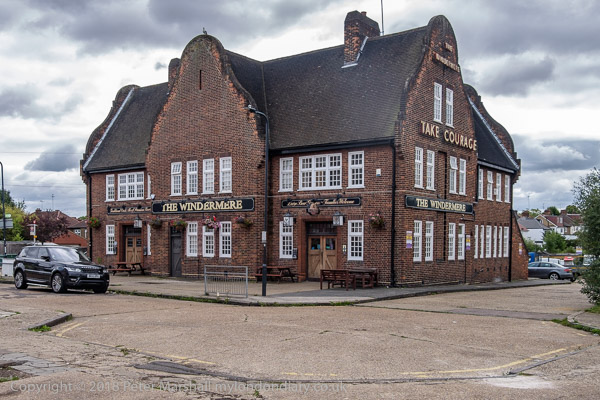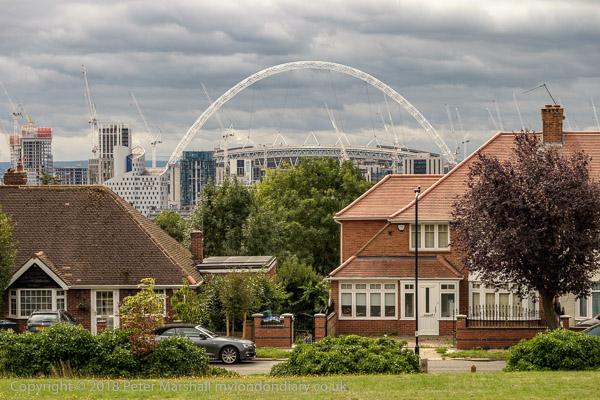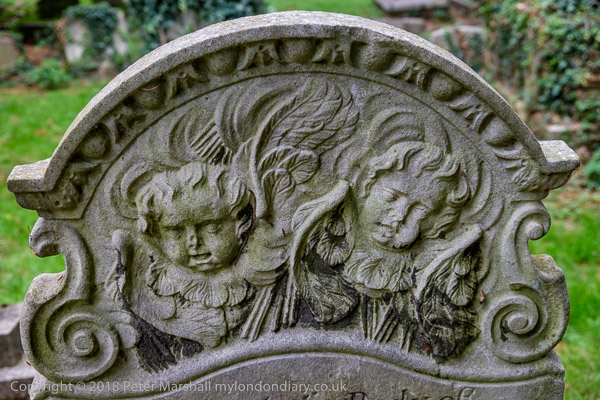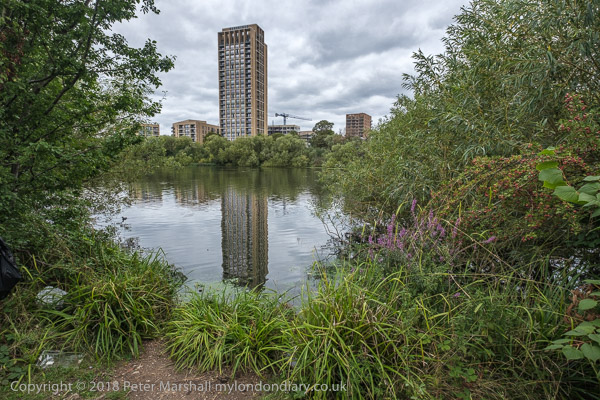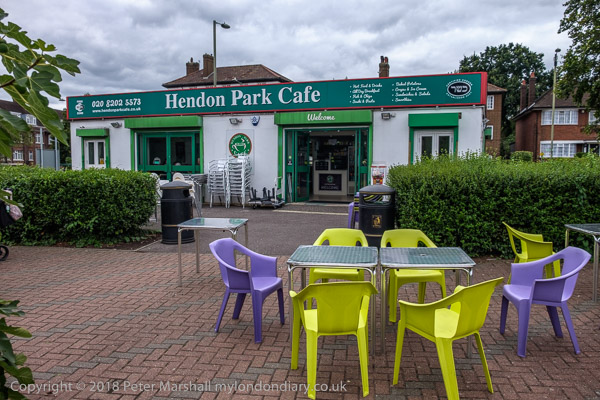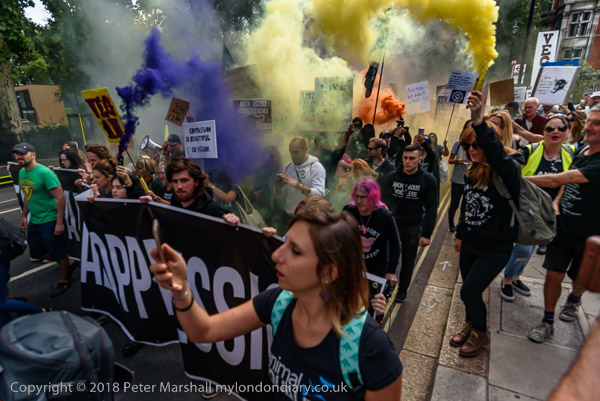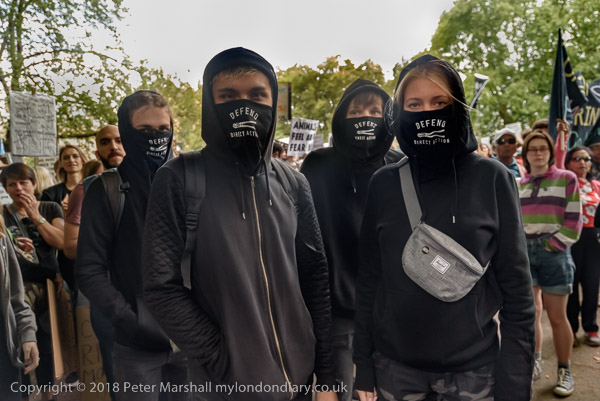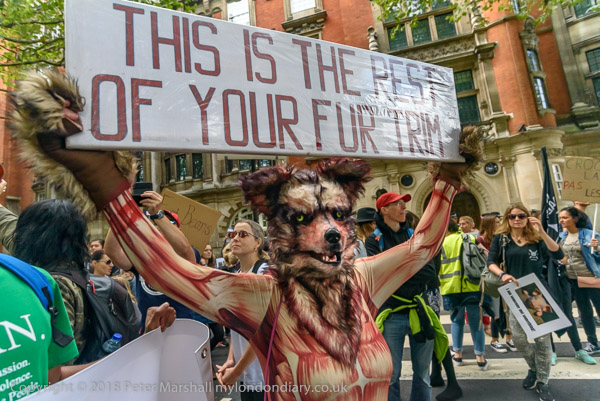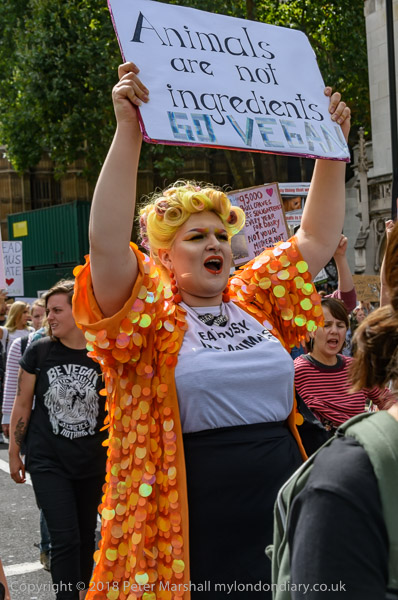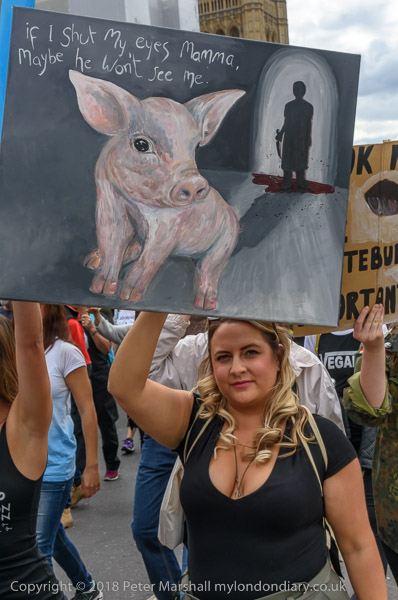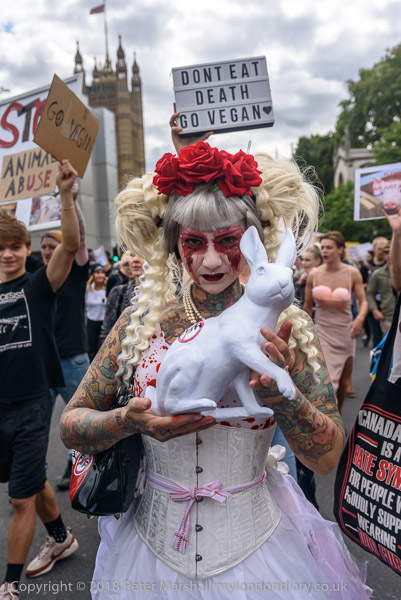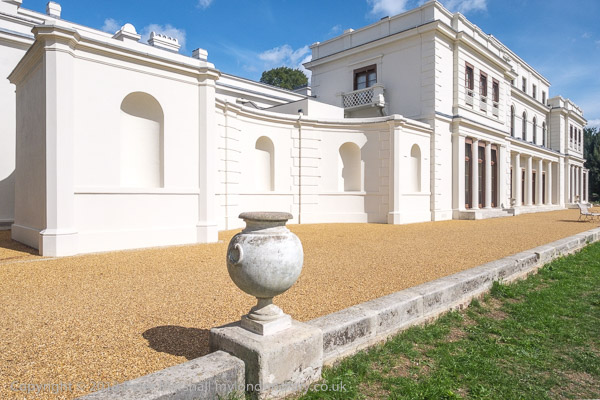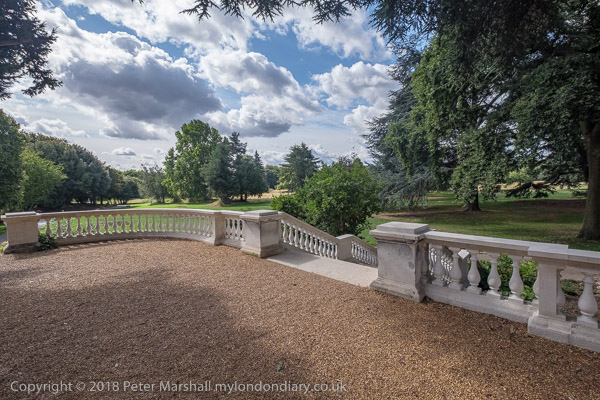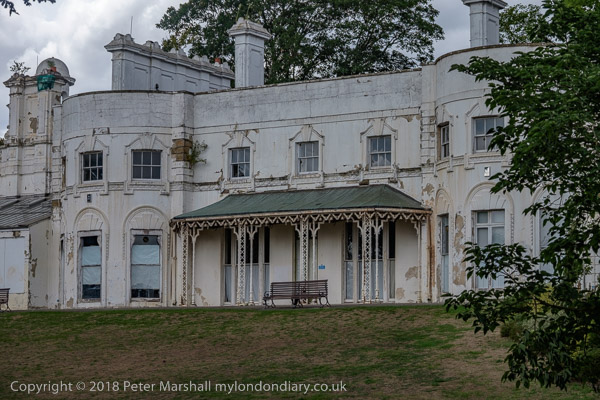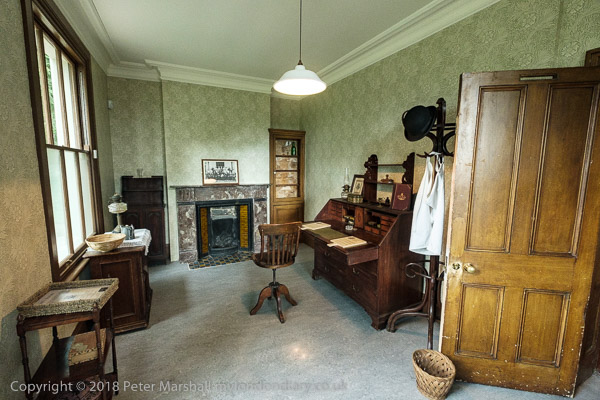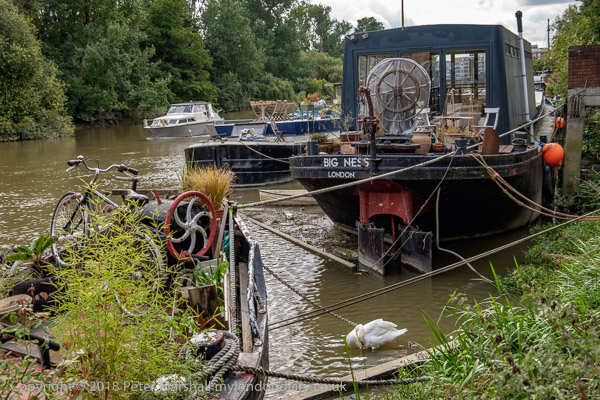Had you asked me a few days ago I think I would have said that there was little more to say about Dorothea Lange‘s ‘Migrant Mother’ which has already had so much devoted to it, as one of photography’s truly iconic images. But there appears to be at least one significant fact I was not aware of in the new book from the Museum of Modern Art, written by Sarah Meister.
Perhaps not enough to make me want to read the book, but James Estrin, the co-editor of Lens, the New York Times photographic blog, has written a post on it, as always clear and concise, Unraveling the Mysteries of Dorothea Lange’s ‘Migrant Mother’.
As the image was one of a set taken for US federal Farm Security Administration, it is of course available at the Library of Congress, where you can download several versions of it and the others Lange made of Florence Owens Thompson and her children.
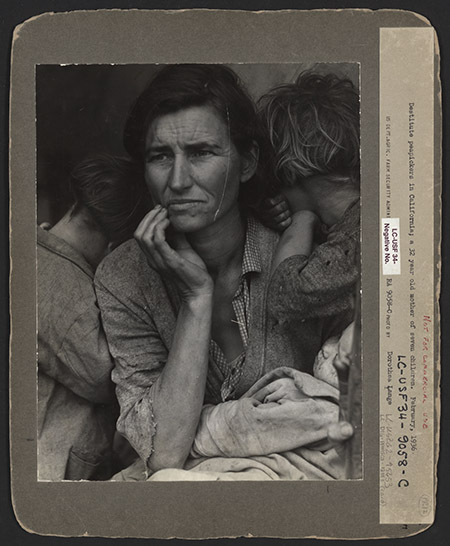
This is a smaller version of my favourite of this image, and probably the oldest. The current version of it, available for download as a large tiff if you want to make your own print, has slightly different scratches on it, and both versions would take considerable retouching to make a really good print. As the LoC page above states “This is an unretouched version of the image listed in #1. This version of the image shows a thumb in the immediate foreground on the right side.”
There is more about the retouching to remove the thumb in the book and Estrin’s post, which remind us that Roy Stryker, “Lange’s boss at the Farm Security Administration … thought it compromised the authenticity not just of the photo but also of his whole F.S.A. documentary project” although such practices were widespread at the time and “Ms. Lange considered the thumb to be such a glaring defect that she apparently didn’t have a second thought about removing it“, getting an assistant to retouch the image in 1939, some 3 years after she had made the image in February 1936 (according to the FSA, though possibly March.) Personally I’m with Mr Stryker on this.
Perhaps the most interesting issue raised in the book is that after Florence Owens Thompson came forward and identified herself in 1978, an Associated Press article revealed that she was not as had been assumed of European descent ‘but “a full-blooded Cherokee Indian” from Oklahoma‘, something that would certainly have caused the image to have been seen differently had it been known when it was widely published – and even now where considerable prejudice still exists against Native Americans. Lange appears not to have provided the usual field notes and captions for this set of images, and to have known relatively little about her subjects.
Sarah Meister’s book is one of a series “One on One” on individual items in the collection of the New York Museum of Modern Art. Surely a prime candidate for such a series should be a book by A D Coleman on Robert Capa‘s iconic D-Day landing image, for which the material by Coleman and his collaborators has been published online in voluminous and convincing detail at Photocritic International in the Robert Capa D-Day Project. While I’m sure that this will one day emerge in book form, I think it is unlikely it will be published by MoMA.
